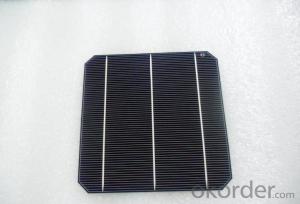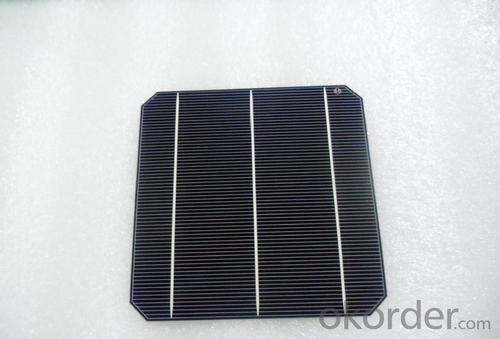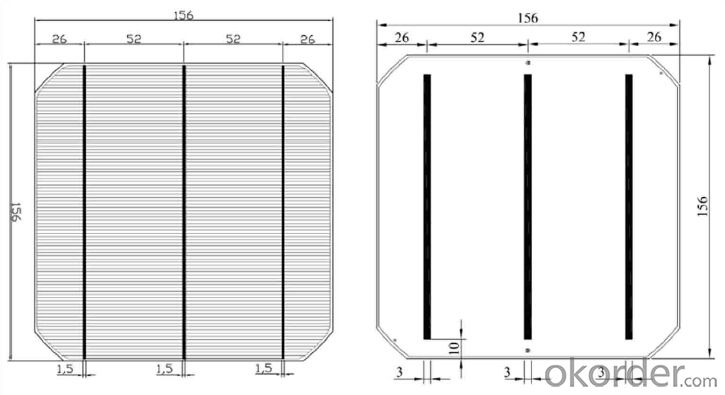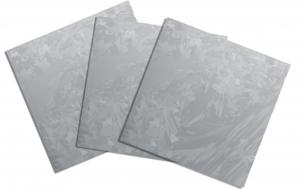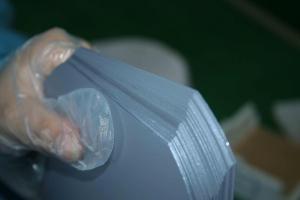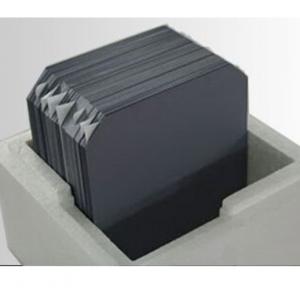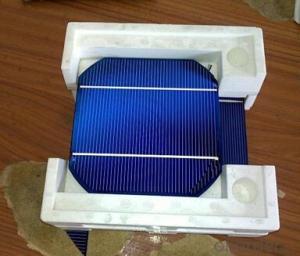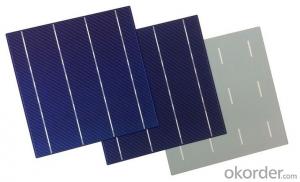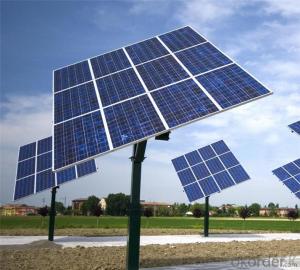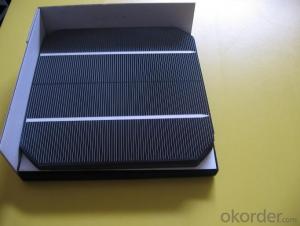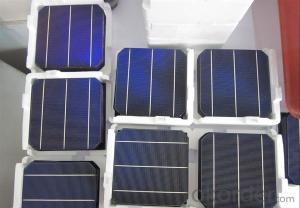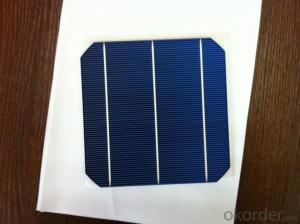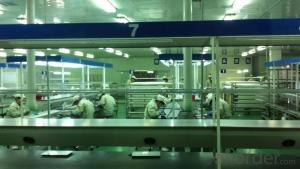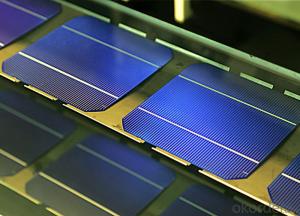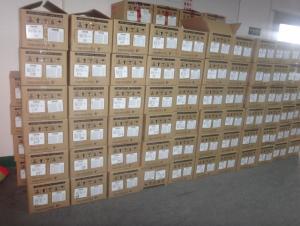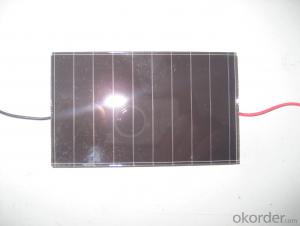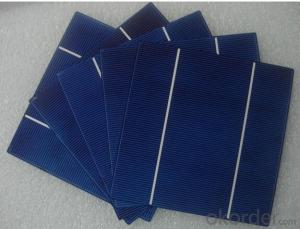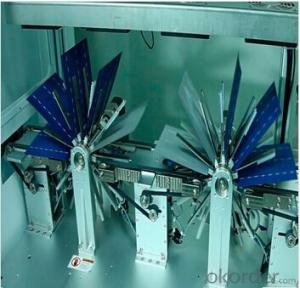Solar Silicon Wafer Carrier Suppliers - Mono Solar Cells 156mm*156mm in Bulk Quantity Low Price Stock 18.8
- Loading Port:
- Shanghai
- Payment Terms:
- TT OR LC
- Min Order Qty:
- 1000 pc
- Supply Capability:
- 100000 pc/month
OKorder Service Pledge
OKorder Financial Service
You Might Also Like
Brief Introduction
- Up to 20.0% efficiency, one of the highest performing mono crystalline cells on the market
- Three bus bars boosts current collection over the entire cell area, leading to higher fill factors
- Blue anti-reflecting coating allows more sunlight be captured and converted to electricity
- Finer, closer fingers improves charge collections for improved energy yield
- Lower light-induced degradation leads to greater power output over the entire module lifetime
- All solar cells are tightly classified to optimize output of module
- Maximum yield and longevity due to hotspot prevention
- Premium appearance results in a highly uniform and aesthetically appealing module
Specification
- Product Mono-crystalline silicon solar cell
- Dimension 156 mm x 156 mm ± 0.5 mm
- Thickness 200 μm ± 30 μm
- Front 1.5 ± 0.1 mm busbar (silver)
- Silicon nitride antireflection coating
- Back 3.0 mm continuous soldering pads (silver)
- Back surface field (aluminum)
Electric performance parameters

- Testing conditions: 1000 W/m2, AM 1.5, 25 °C, Tolerance: Efficiency ± 0.2% abs., Pmpp ±1.5% rel.
- Imin : at 0.5 V
Light Intensity Dependence
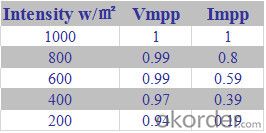
Soldering Ability
- Peel Strength: > 1.0 N/mm (Pull soldered ribbon from busbar in 5 mm/s of 180°)
Dimension Figure
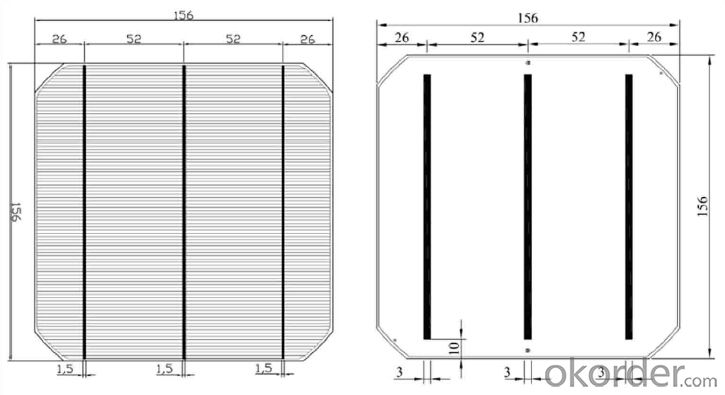
Quick Response
- Any time and anywhere, reply clients' email and solve all problems happen in the work at the first time.
- Remove clients doubts and offer the best solution at the first time.
- Give our clients the lastest news of the photovoltaic, update the newest stock informtion.
Production and Quality Control
- Precision cell efficiency sorting procedures
- Stringent criteria for color uniformity and appearance
- Reverse current and shunt resistance screening
- ISO9001,ISO14001 and OHSAS 18001,TUV Certificated
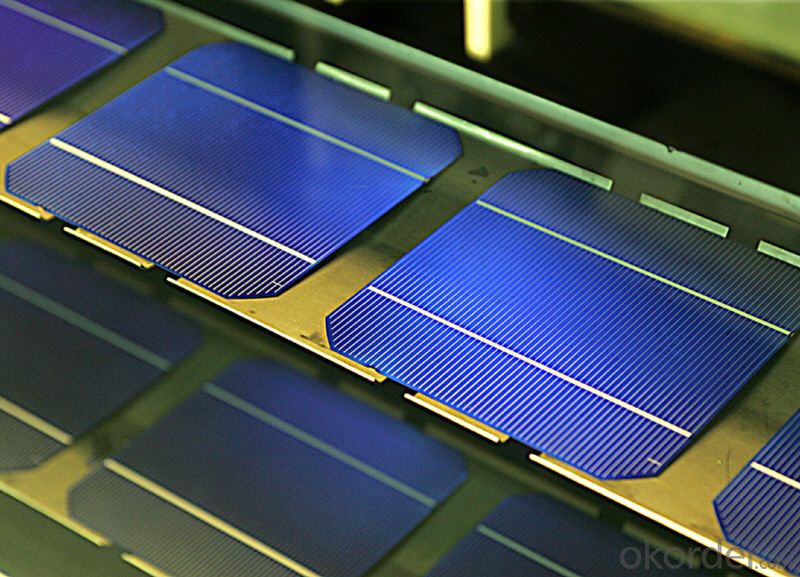
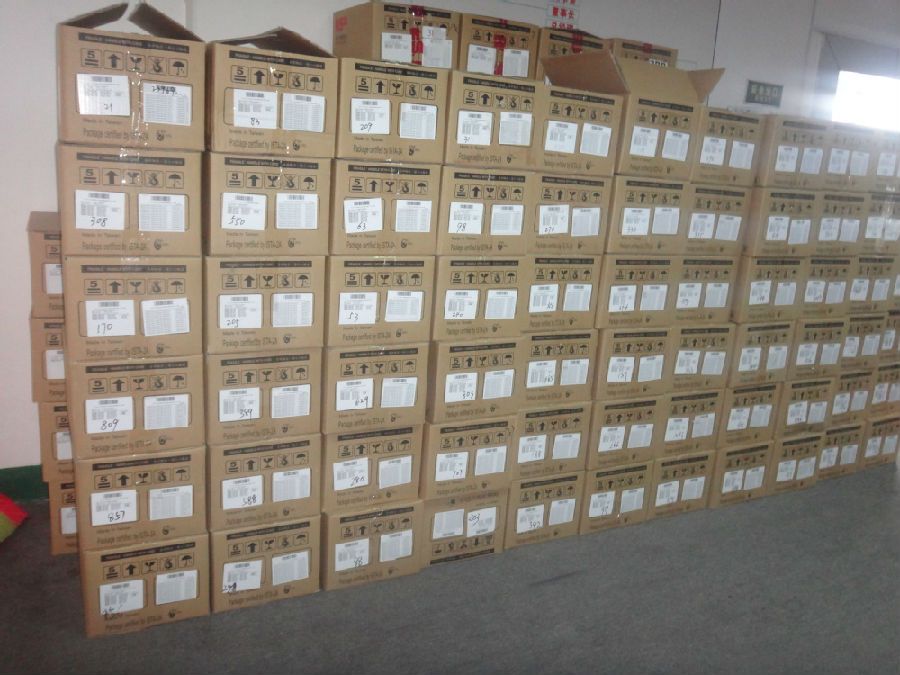
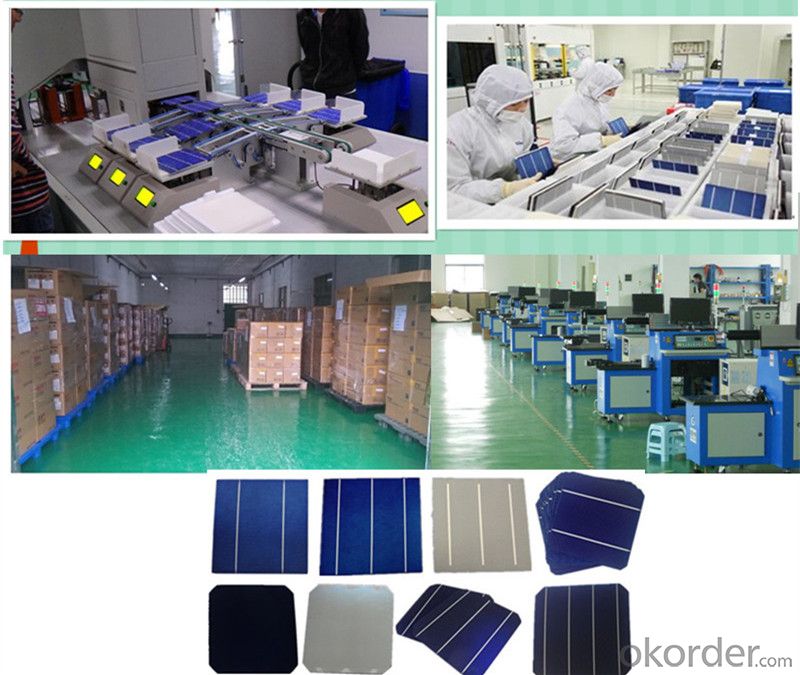
FAQ:
1. Q: Do you have your own factory?
A: Yes, we have. Our factory located in Jiangsu
2. Q: How can I visit your factory?
A: Before you visit,please contact us.We will show you the route or arrange a car to pick you up.
3. Q: Do you provide free sample?
A: Commenly we provide paid sample.
4. Q: Could you print our company LOGO on the nameplate and package?
A: Yes, we accept it.And need an Authorization Letter from you.
5. Q: Do you accept custom design on size?
A: Yes, if the size is reasonable.
6. Q: How can I be your agent in my country?
A: Please leave feedback. It's better for us to talk about details by email.
7. Q: Do you have solar project engineer who can guide me to install system?
A: Yes, we have a professional engineer team. They can teach you how to install a solar system.
- Q: What is the role of solar silicon wafers in rural electrification?
- Solar silicon wafers play a crucial role in rural electrification by serving as the main component in solar panels. These wafers are responsible for converting sunlight into electrical energy through the photovoltaic effect. By harnessing solar power, rural communities can generate their own electricity, reducing their dependence on traditional energy sources and improving access to clean and sustainable energy. Solar silicon wafers enable the production of cost-effective solar panels, making solar energy an accessible and viable solution for rural electrification, ultimately contributing to economic development, improved living conditions, and environmental sustainability.
- Q: How are solar silicon wafers protected from degradation over time?
- Solar silicon wafers are protected from degradation over time through the use of various protective coatings and encapsulation techniques. One common method is the application of anti-reflective coatings that not only enhance the efficiency of the solar cells but also act as a barrier against environmental factors such as moisture, dust, and ultraviolet (UV) radiation. Additionally, the wafers are often encapsulated within a durable and weather-resistant material, such as tempered glass or polymer, which shields them from physical damage and prolongs their lifespan. These measures ensure that solar silicon wafers remain robust and perform optimally even after prolonged exposure to harsh weather conditions and other potential degrading factors.
- Q: How has the technology for solar silicon wafers evolved over time?
- The technology for solar silicon wafers has evolved significantly over time. Initially, the production of silicon wafers involved a complex and expensive process, resulting in high costs for solar panels. However, advancements in manufacturing techniques and materials have led to improvements in efficiency and reduced costs. The size of the wafers has increased, allowing for more power generation per panel. Additionally, the quality of silicon used in the wafers has improved, enhancing the conversion of sunlight into electricity. Overall, these advancements have made solar energy more accessible and affordable for consumers and contributed to the growth of the renewable energy industry.
- Q: How are solar silicon wafers tested for quality control?
- Solar silicon wafers are tested for quality control through various methods. These include visual inspection to identify any defects or impurities on the surface, measurement of electrical properties such as resistivity and efficiency, and testing for mechanical strength and durability. Additionally, the wafers may undergo spectroscopic analysis to determine their chemical composition and purity. These comprehensive testing procedures ensure that only high-quality silicon wafers meet the required standards for solar panel production.
- Q: How is the quality of a solar silicon wafer measured?
- The quality of a solar silicon wafer is typically measured through various tests and evaluations. These include monitoring the electrical properties such as resistivity and carrier lifetime, as well as assessing the physical characteristics like crystal structure, surface texture, and overall thickness uniformity. Additionally, optical measurements such as reflectivity and transmission are also taken into account. These evaluations help determine the efficiency and performance of the wafer in converting sunlight into electricity, ultimately indicating its quality.
- Q: What are the applications of solar silicon wafers?
- Solar silicon wafers are primarily used in the production of solar cells, which are the building blocks of solar panels. These wafers serve as the foundation for the photovoltaic process, allowing sunlight to be converted into electricity. Additionally, solar silicon wafers can also be used in the manufacturing of other electronic devices, such as integrated circuits and semiconductors, due to their high purity and excellent electrical properties.
- Q: What is a semiconductor silicon device tester
- Then, the image point set circuit is used to realize the isolation of the electrical components and the connecting wires, and the insulation and the insulation of the insulation are not connected with the insulation
- Q: How much does a solar silicon wafer weigh?
- A solar silicon wafer typically weighs around 4-6 grams.
- Q: What is the expected degradation rate of a solar silicon wafer over time?
- The expected degradation rate of a solar silicon wafer over time can vary depending on various factors such as the quality of the wafer, the manufacturing process, and the environmental conditions it is exposed to. However, on average, a well-maintained silicon wafer can experience a degradation rate of around 0.5% to 1% per year.
- Q: How thick is a solar silicon wafer typically?
- A solar silicon wafer is typically around 200 micrometers to 300 micrometers thick.
Send your message to us
Solar Silicon Wafer Carrier Suppliers - Mono Solar Cells 156mm*156mm in Bulk Quantity Low Price Stock 18.8
- Loading Port:
- Shanghai
- Payment Terms:
- TT OR LC
- Min Order Qty:
- 1000 pc
- Supply Capability:
- 100000 pc/month
OKorder Service Pledge
OKorder Financial Service
Similar products
Hot products
Hot Searches
Related keywords
